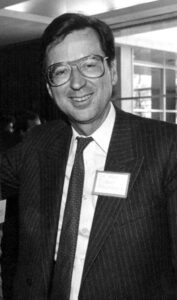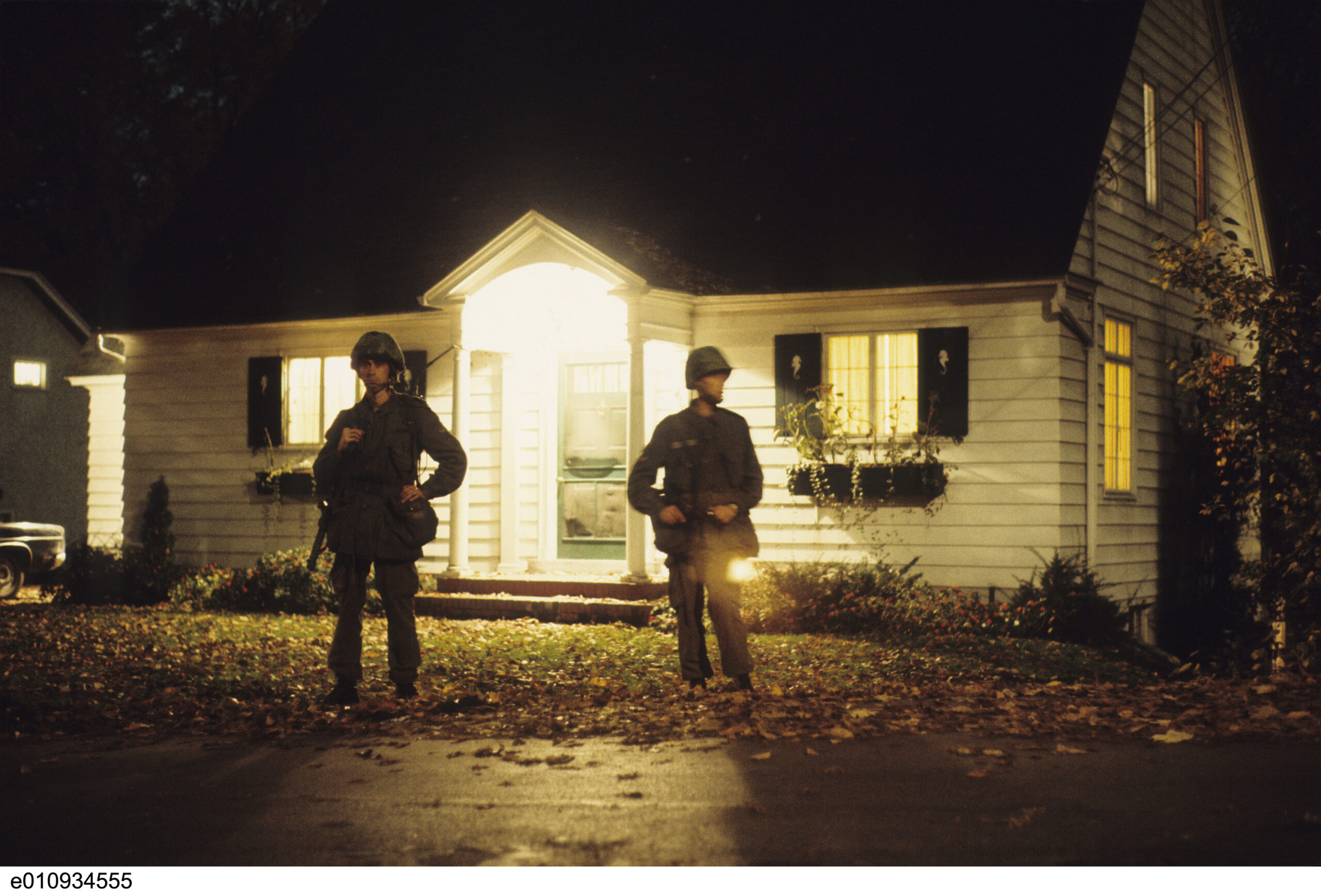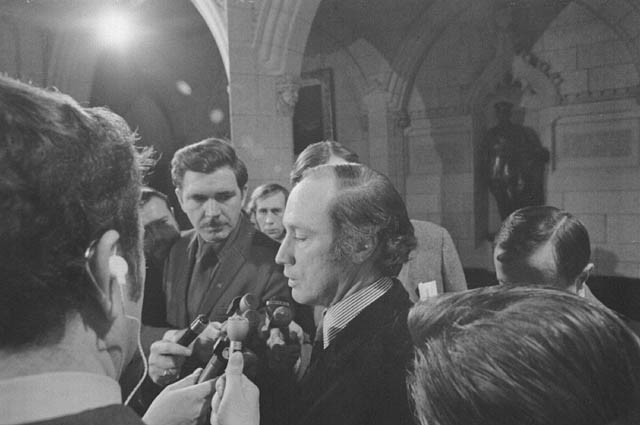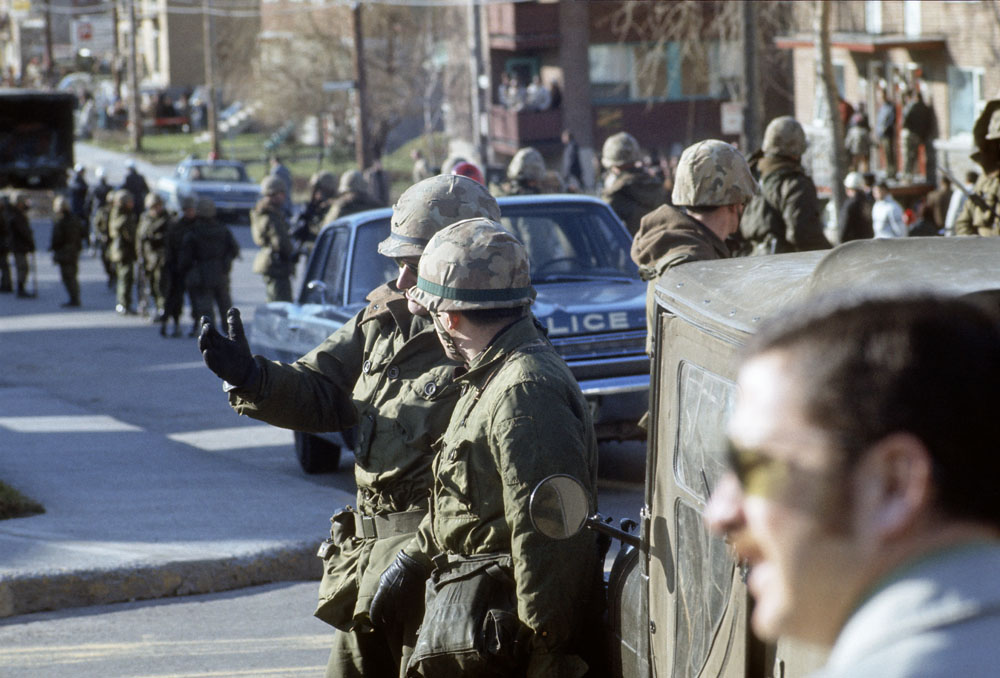The history of the October Crisis is intimately linked with Quebec’s Quiet Revolution. After almost a generation of rule by the autocratic Premier Maurice Duplessis (1936-39, 1944-59) — who once claimed that the Bible provided the only necessary protection against discrimination — the Liberal Party of Quebec ushered in a new era when it took power in 1960. The pace of change after 1960 was breathtaking. The state, not the church, was to be the main instrument for the realization of francophone Quebeckers’ aspirations. Education was secularized, and state funding for schools increased from less than $200 million in 1960 to over $1 billion in 1970; Hydro-Quebec became a state monopoly and soon the largest employer in the province; universal health care and a provincial pension plan were introduced; and new agencies were created to provide capital to budding francophone businesses. It was a genuine revolution about becoming maîtres chez nous.

But the Quiet Revolution was about far more than groundbreaking initiatives in public policy. Social movements flourished. Racial and religious minorities, women, gays, lesbians, and a host of other constituencies organized in unprecedented numbers. The period was characterized by the emergence of second-wave feminism, the challenge of the New Left, student radicalism, the stirrings of the gay rights movement, the birth of the modern environmental movement, the first public-sector unions, and the proliferation of Aboriginal rights organizations. The beginning of the 1967 school year was marked by violent student protests, culminating in a clash with police in front of the US consulate in Montreal during a protest against the bombing of Hanoi. The confrontation left twenty people wounded and forty-six behind bars.
In the midst of widespread social and political change, the movement for an independent Quebec flourished. Two new separatist parties were formed during the 1960s: the Rassemblement pour l’indépendence nationale (1960) and the Ralliement national (1966). They were joined by two other organizations dedicated to an independent Quebec: the Action socialiste pour l’indépendance du Québec (1960) and the Comité de libération nationale (1962). René Lévesque united the movement under the banner of the Parti Québécois in 1968, capturing seven seats and 23.1 percent of the vote in 1970.
Some Quebec nationalists, however, eschewed the political movement and favoured a radical course of action. The Front de libération du Québec (FLQ) wanted far more than an independent Quebec nation. Pierre Vallières, an ideological leader of the FLQ, wrote a best-selling book while in jail titled Nègres blanc d’Amérique. The book, which borrowed the imagery of the black civil rights movement and used the word “niggers” to symbolize the repression and second-class status of francophones (“to be a ‘nigger’ in America is to be not a man but someone’s slave”), was a call to arms. Vallières, who saw the FLQ as the vanguard of a revolutionary movement like those of Algeria and Cuba, believed that it would lead not only to the creation of a Quebec state but to a socialist society.

In February 1963, the founding members of the FLQ celebrated its inauguration by throwing a Molotov cocktail at the window of an English radio station (CKGM) in Montreal. The next month, they firebombed a Canadian forces barracks and spray-painted “FLQ” on the walls. Six additional bombings rocked Montreal during March and April 1963.
The FLQ spent the better part of the 1960s pursuing its vision of an independent socialist Quebec nation: an FLQ bomb exploded in the Montreal Stock Exchange, injuring twenty-seven people; weapons and bomb-making materials were stolen from army barracks; terrorist cells were financed by dozens of armed robberies, including of banks and armoured trucks; Molotov cocktails were thrown through the windows of army recruiting centres and English-language radio stations; bombs targeted federal institutions such as mailboxes, army barracks, and radio towers; and pro-FLQ posters and graffiti appeared on flagpoles and walls throughout Montreal. By 1970, dozens of felquists had been arrested and imprisoned: for example, François Schirm (thirty-two years old) and Edmond Guénette (who was twenty) were sentenced to death (later commuted to life imprisonment), whereas Pierre-Paul Geoffroy pled guilty to several bombings and received 124 life sentences.



